Software Engineering - AI-powered software engineering tool
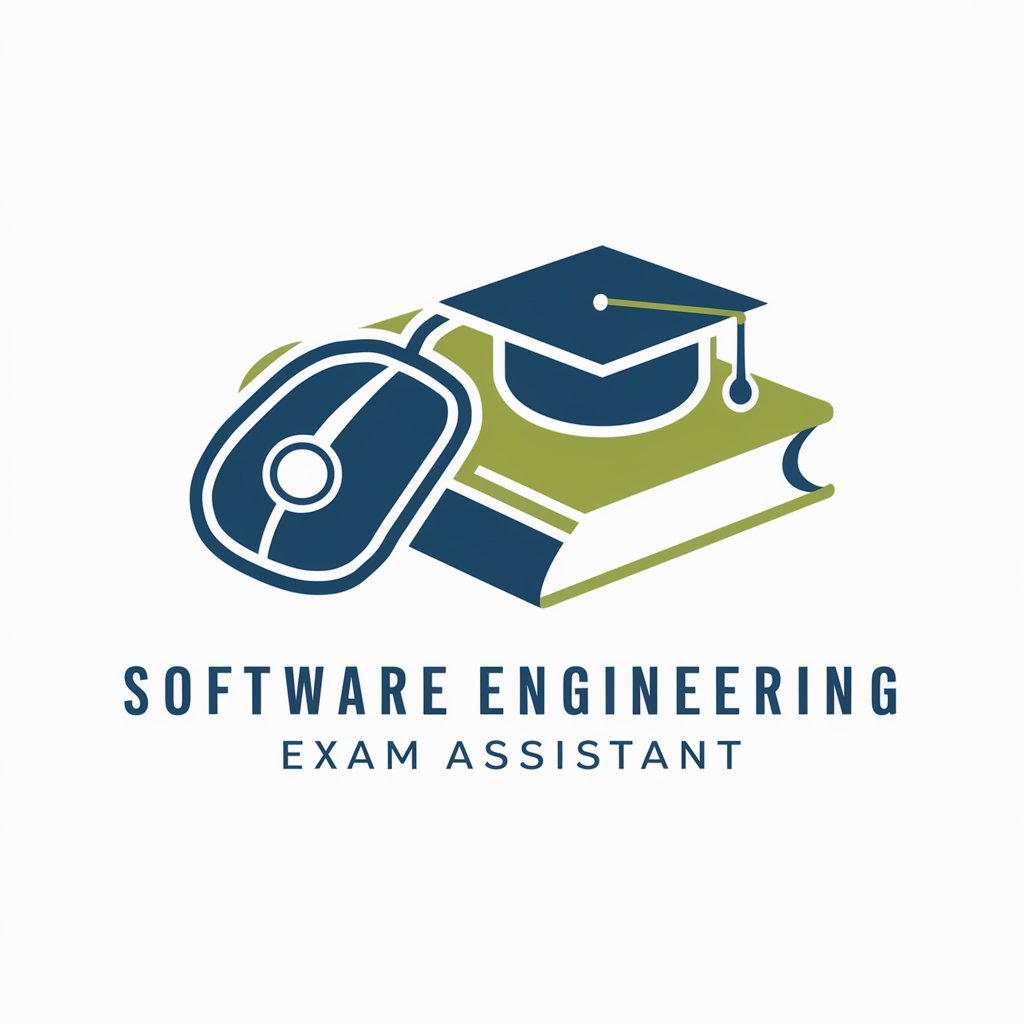
Welcome to your Software Engineering Exam Assistant!
Engineering software, powered by AI
Explain the difference between functional and non-functional requirements.
Describe the benefits and challenges of using UML diagrams in software design.
What are the main principles of agile software development?
How can risk management be effectively integrated into a software project?
Get Embed Code
Introduction to Software Engineering
Software Engineering is a systematic, disciplined, and quantifiable approach to the development, operation, and maintenance of software. It encompasses techniques and practices for managing the software development process, ensuring quality and functionality, and maintaining software products over time. The purpose of software engineering is to produce software that is reliable, efficient, maintainable, cost-effective, and meets the requirements of users. For example, the development of a mobile banking application involves gathering requirements, designing the user interface and backend services, implementing the functionality, testing for bugs and performance issues, deploying the app, and providing ongoing maintenance and updates. Powered by ChatGPT-4o。

Main Functions of Software Engineering
Requirements Engineering
Example
Gathering and specifying what a new app should do for an e-commerce platform.
Scenario
In this scenario, business analysts and software engineers work with stakeholders to understand the needs of both the business and its customers. This involves identifying key features, performance metrics, and constraints for the e-commerce application, leading to the creation of a detailed software requirements specification.
Software Design and Architecture
Example
Creating a high-level structure for a cloud-based file storage service.
Scenario
Software architects design the system architecture, including the choice of technologies, data storage solutions, and how different components of the cloud service interact. They ensure the system is scalable, secure, and able to handle the expected load, using design patterns and principles to structure the software effectively.
Implementation and Coding
Example
Developing new features for a mobile application using agile methodologies.
Scenario
Software developers write code for new features in iterative cycles, with regular feedback from users and stakeholders. The process includes coding, unit testing, and integrating new functionalities into the existing app, with the goal of rapid deployment and continuous improvement.
Testing and Quality Assurance
Example
Performing automated and manual testing for a newly developed software system.
Scenario
Quality assurance specialists design and execute test plans to find defects, ensure the software meets all requirements, and validate its performance under different conditions. This process helps in identifying bugs before the software is deployed to end-users.
Maintenance and Support
Example
Providing ongoing technical support and updates for a software management system.
Scenario
After deployment, software engineers address user feedback, fix bugs, and update the system to enhance functionality and security. This ongoing support ensures the software continues to meet users' needs over time.
Ideal Users of Software Engineering Services
Businesses and Corporations
Companies across industries require custom software solutions to automate processes, engage customers, and manage data. Software engineering services can help them build tailored applications that fit their specific needs, providing a competitive advantage.
Startups
Startups often need to develop innovative products quickly and efficiently. Software engineering can offer the agile development processes necessary to bring new ideas to market rapidly, while ensuring product quality and user satisfaction.
Government Agencies
Public sector organizations use software engineering to create and maintain systems for public services, including healthcare, education, and transportation. These services require high reliability, security, and compliance with regulations.
IT and Technology Firms
Companies specializing in technology products and services are natural users of software engineering, as they need to continually develop and update their offerings. These firms benefit from software engineering's best practices to innovate and stay ahead of the curve.

How to Use Software Engineering
1
Start with a trial by visiting yeschat.ai, offering immediate access without the need for login or subscription to premium services.
2
Identify your specific need or project requirement to match the tool's capabilities with your software engineering goals.
3
Explore the available documentation and tutorials to familiarize yourself with the tool's features and functionalities.
4
Implement the tool in a test environment to evaluate its effectiveness in real-world scenarios relevant to your project.
5
Regularly update your knowledge on new features and best practices for leveraging the tool to ensure optimal performance and outcomes.
Try other advanced and practical GPTs
Service Engineering
Enhancing research with AI-powered insights
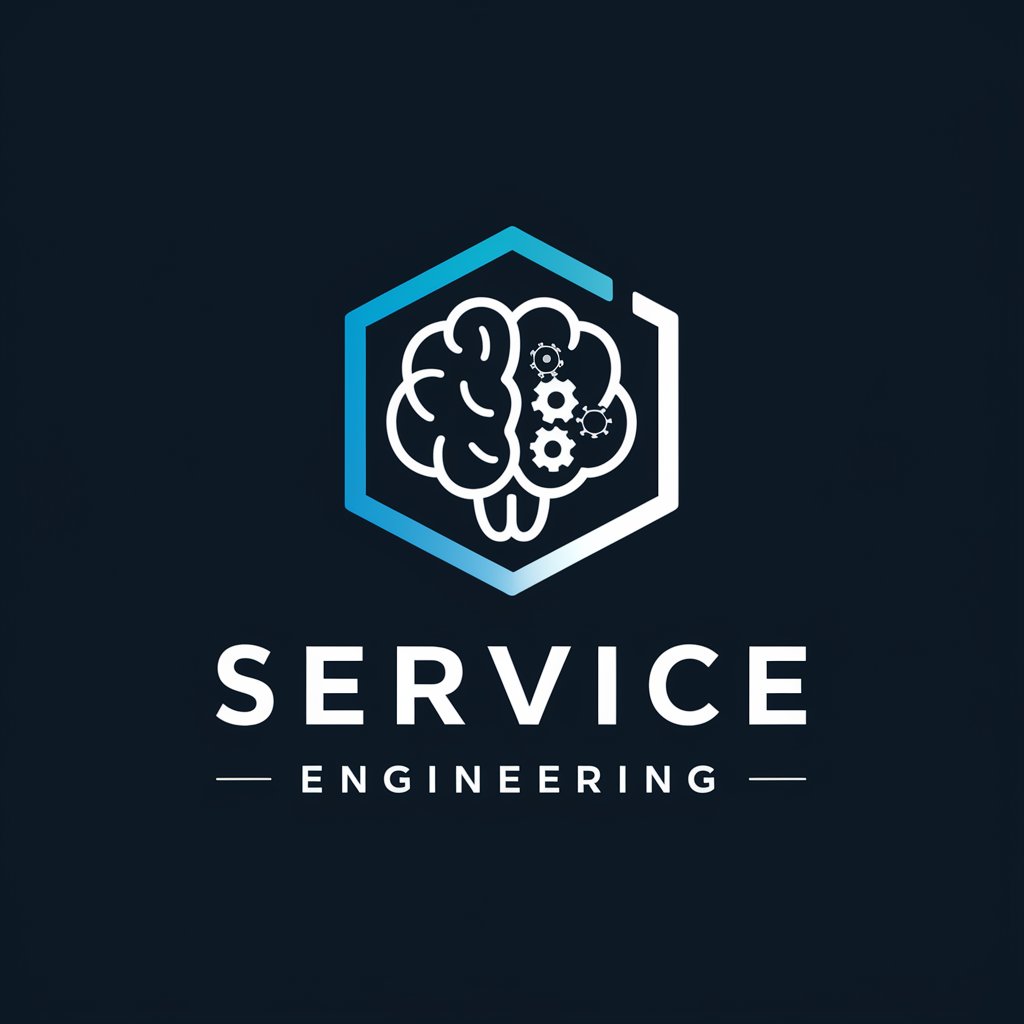
Engineering Professor
Empowering engineering minds with AI.
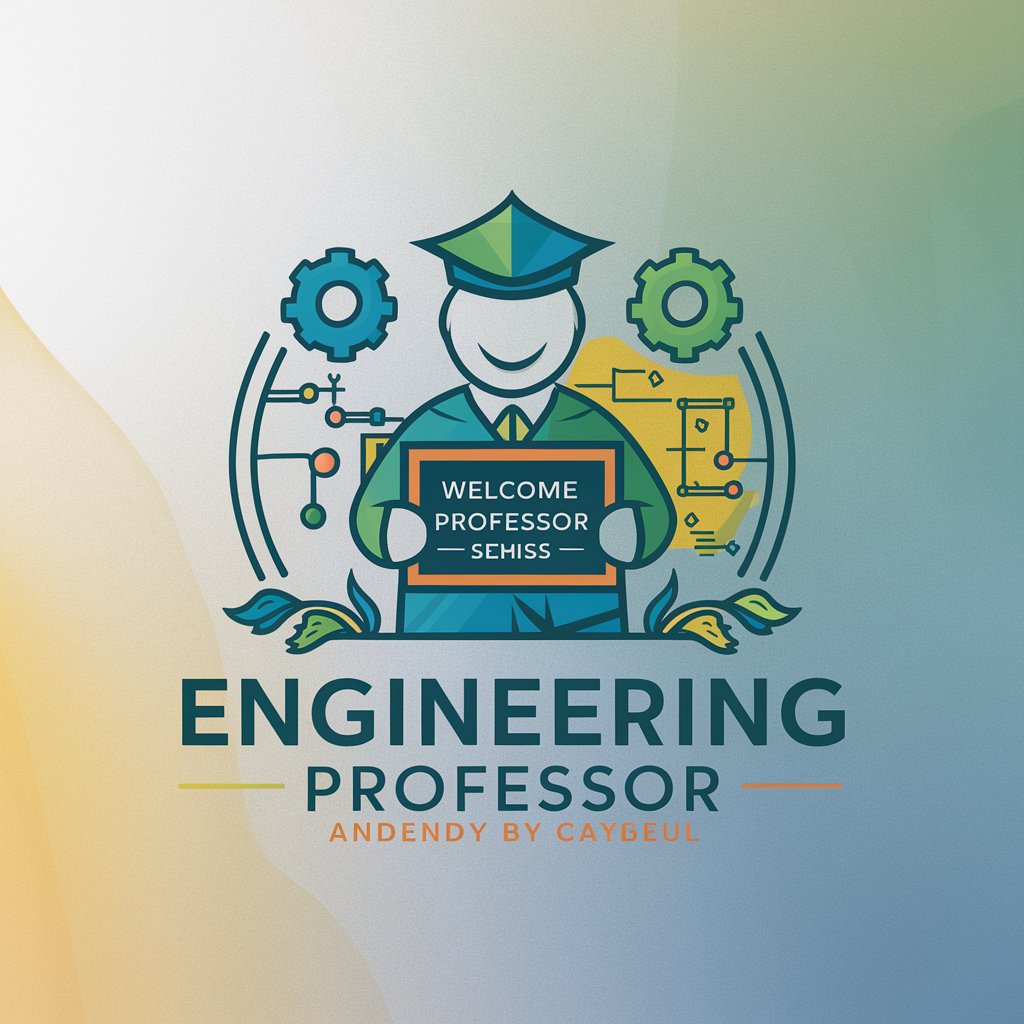
Engineering Expert
Empowering Engineering Excellence with AI

Omni Engineering
Empowering Engineering Innovation with AI

Rude Person 2.0
Brutal Honesty at AI Speed

Average Mature Person
Revolutionizing AI Conversations

Geotechnical Engineering
Groundbreaking AI for Earth Engineering

Engineering Phython
Empowering your Python code with AI.
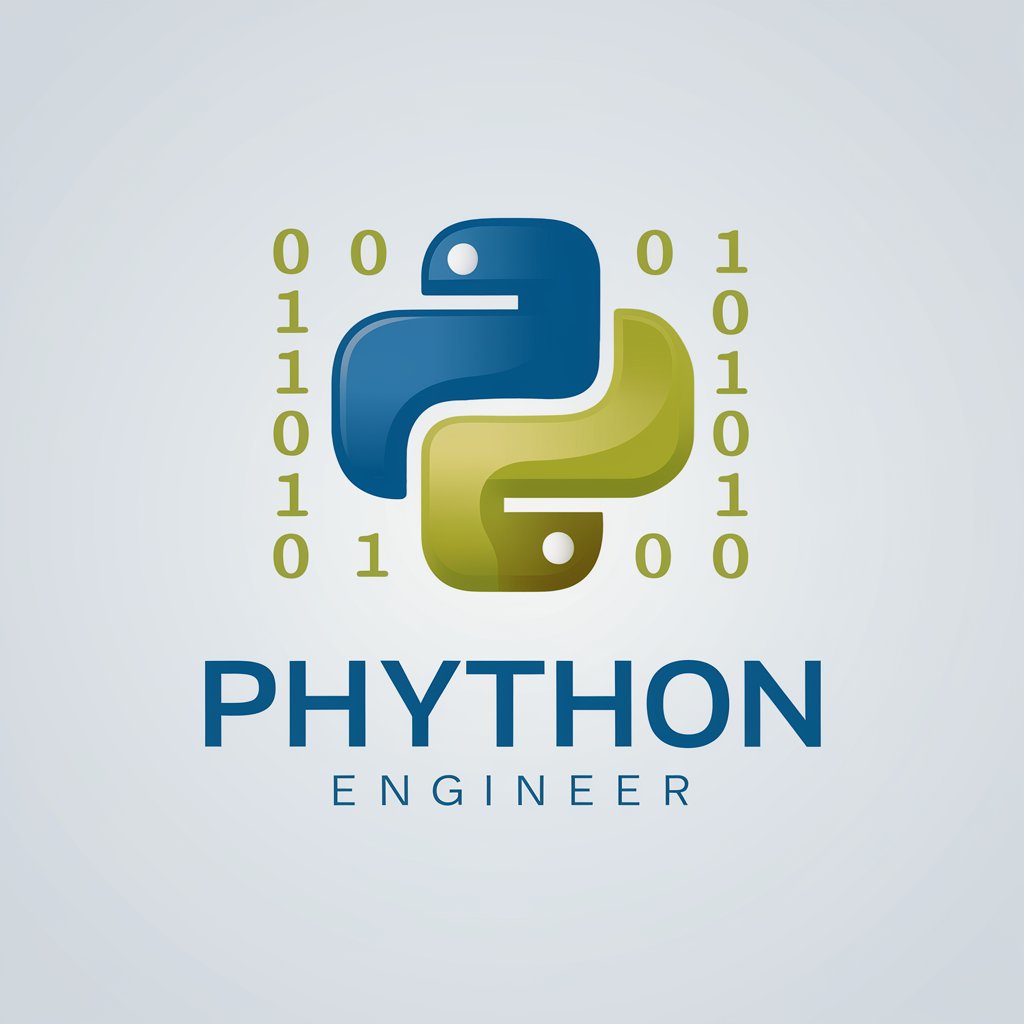
Structural engineering
Optimizing structures with AI precision.

Engineering Genius
AI-powered Engineering Insights
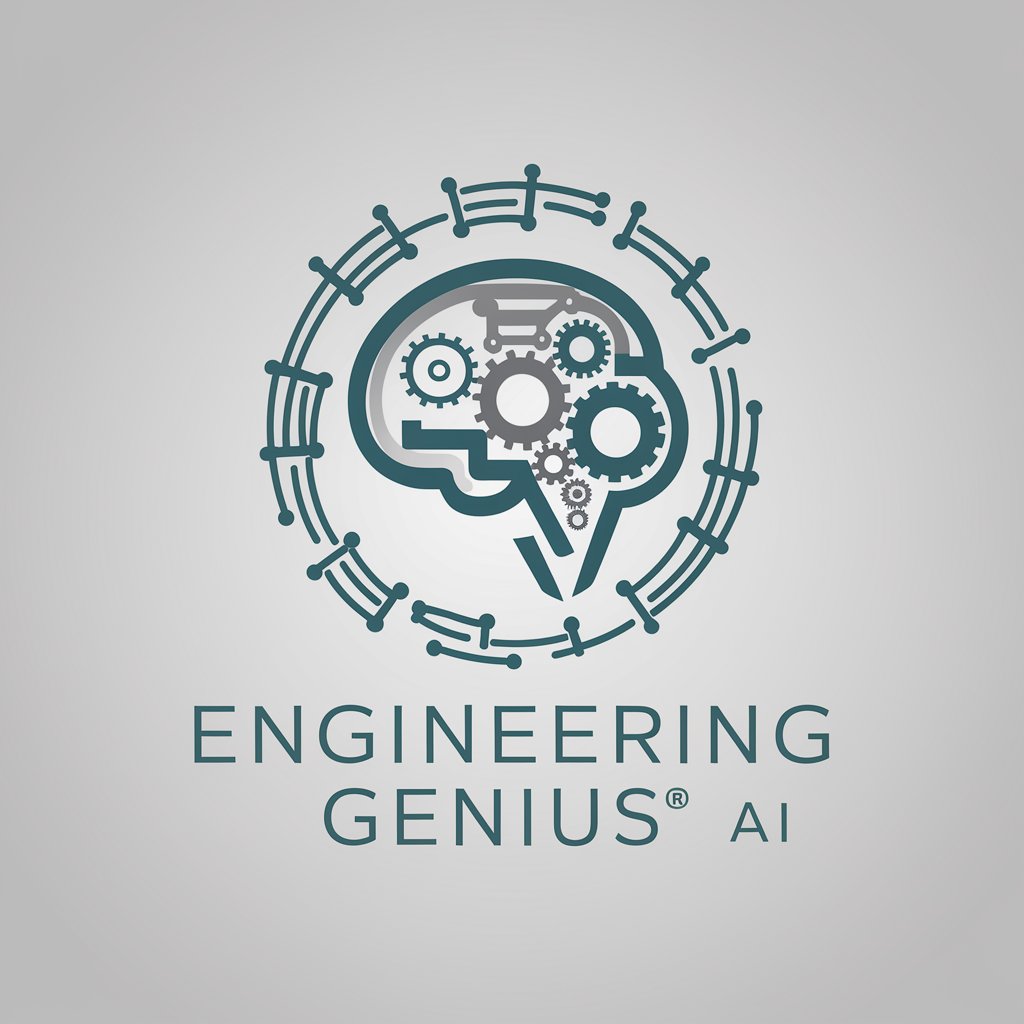
Control Engineering Tutor
Empowering Your Control Engineering Journey with AI

Structural Engineering
Empower Your Structures with AI
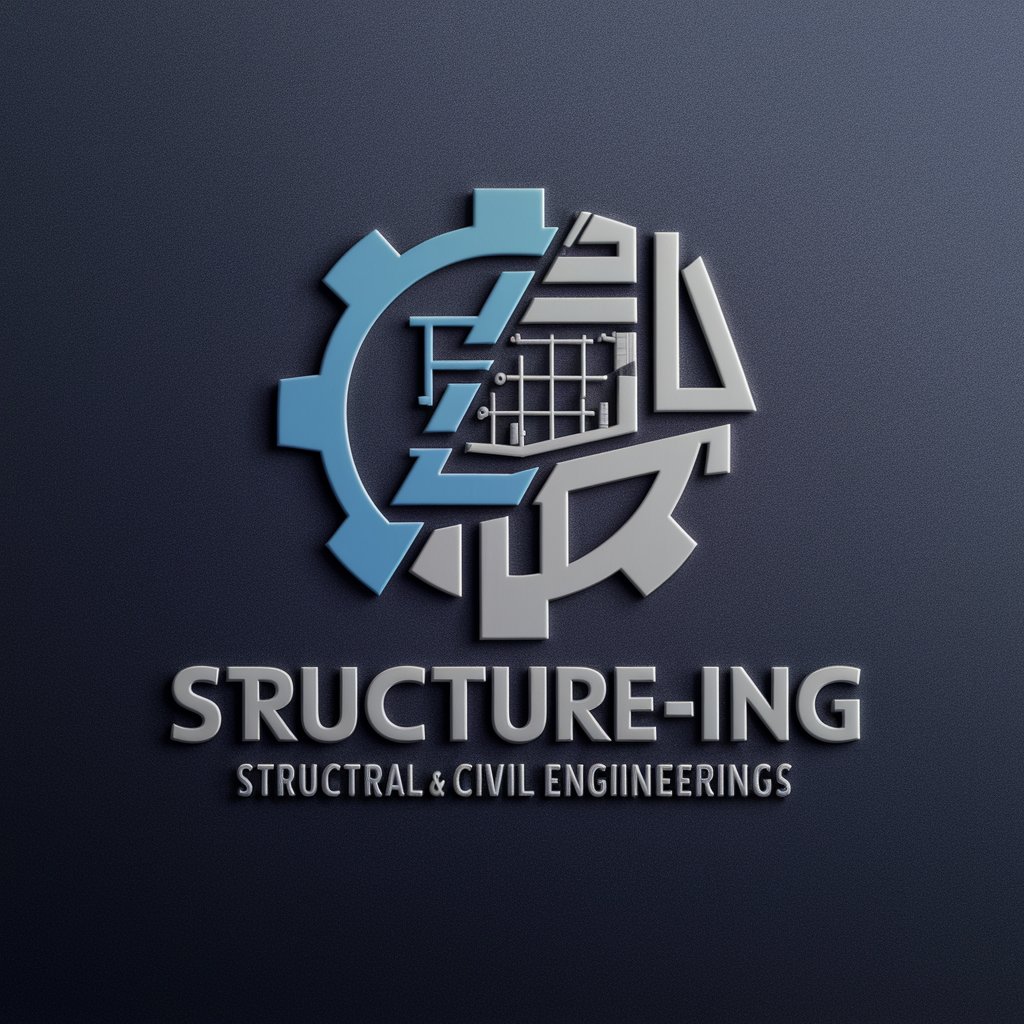
Software Engineering Q&A
What is Software Engineering designed for?
Software Engineering is designed to assist users in planning, executing, and managing software development projects, incorporating methodologies and best practices.
Can Software Engineering help with bug tracking?
Yes, it can assist in identifying, tracking, and resolving software bugs, making it an essential tool for quality assurance and testing.
Is there support for Agile methodologies?
Absolutely, it supports Agile methodologies by providing features that facilitate iterative development, team collaboration, and continuous feedback.
Can I use Software Engineering for educational purposes?
Yes, it's an excellent resource for educational purposes, offering a practical tool for students and educators to apply software engineering principles.
How does AI enhance Software Engineering?
AI enhances Software Engineering by automating complex processes, providing intelligent recommendations, and facilitating decision-making, thus increasing efficiency and reducing manual effort.
